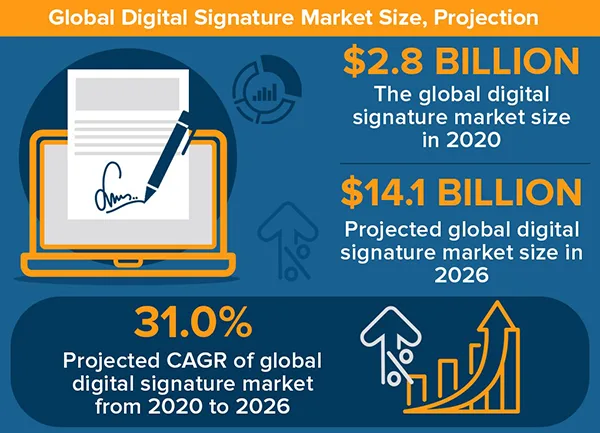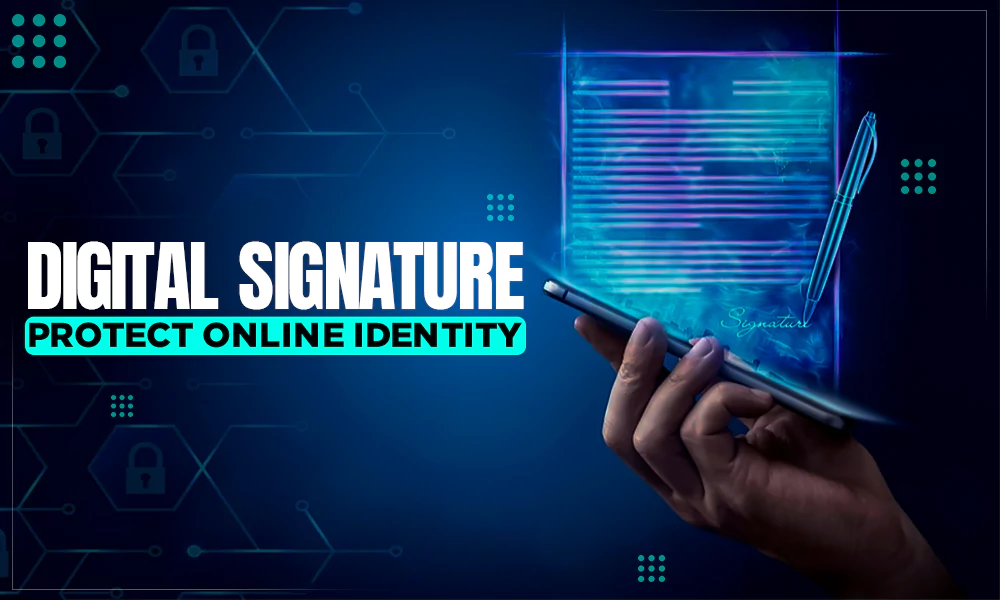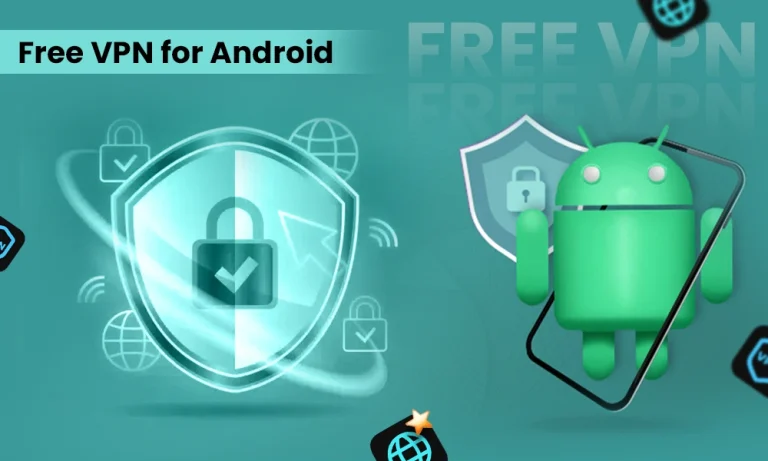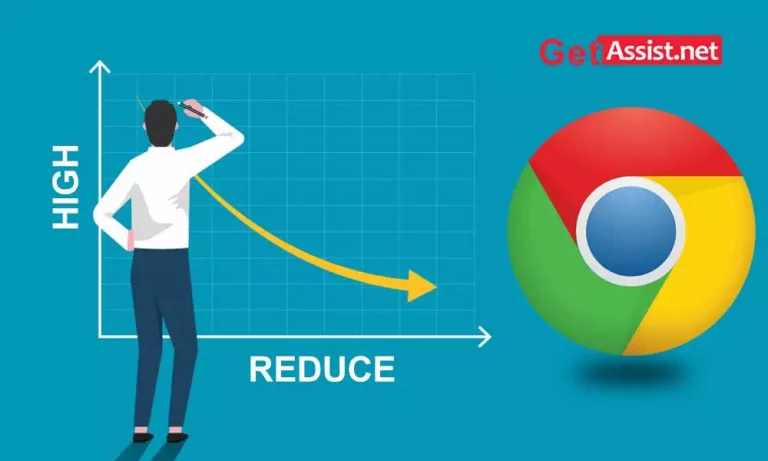How Digital Signatures Safeguard Your Online Life
Hey, it’s 2024 and the whole world is using the internet these days.
From kids attending online classes to getting your grandma her meds, our daily lives pretty much depend on the internet.
And it’s not that surprising that our daily transactions are done on the internet too.
But all this comes at a price, and the convenience of digital transactions has also made it easy for cybercriminals to continuously try and do harm to you.
So, how do you protect your online identities and money from these people?
Well, there is a simple answer to this question.
Digital signatures have become a great alternative for protecting your online life.
By creating a digital version of your signature, you can streamline various processes, like approving a rental agreement and verifying your identity, among other things.
In this article, we will take a deeper look into digital signatures and see how they can protect you from online threats.
So, What Exactly is a Digital Signature?
They are basically digital versions of your signature, which can be used to verify the identity of the file owner with the help of an encryption key that can be used to check the authenticity of digital messages and documents.
This means that you can easily sign documents from anywhere and anytime and conquer your paperwork like a pro.
DID YOU KNOW?
The number of electronic signature transactions has increased from 89 million to 754 million over the last five years. And, the number of businesses using e-signatures increased 50% compared to the start of the COVID-19 pandemic.
Just How Safe Are Digital Signatures?
You know, these signatures can be pretty secure and nearly impossible to forge.
Why, you ask?
Well, they are usually based on an asymmetric cryptographic key that has both a private key that you decide on and a public encryption key that is generated with the help of an algorithm.
So, whenever you sign a document, you need to feed in your private key to verify that it is you who is signing the document.
And if a hacker wants to forge this signature, they would need to get direct access to your private key, which is nearly.
And, in case they get their hands on this key, you can easily invalidate the key and generate a new one from the platform you use to digitally sign documents.
What’s the Difference Between a Digital Signature and an Electronic Signature?
While both digital signatures and e-signs sound the same, at their core, they are both very different.
Digital signatures are a type of electronic signature that needs a higher level of security assurance with the help of digital certificates.
You can use both to sign documents and authenticate the signer, but there are some differences in purpose, technical implementation, and legal use that make them so different.
The use of digital signature technology for e-signatures changes wildly between countries that follow open, technology-neutral e-signature laws, including the United States, United Kingdom, Canada, and Australia.
And those that follow tiered eSignature models that prefer locally defined standards that are based on digital signature technology.
This includes many countries in the European Union, South America, and Asia.
In the European Union, under eIDAS regulation, there are two levels of digital signatures: Advanced Electronic Signature (AES) and Qualified Electronic Signature (QES)
How Do Digital Signatures Work?
Just like you have your own unique handwritten signature, digital signatures are also unique to each signer.
Many digital signature solution providers, like DocuSign, use a specific protocol known as the Public Key Infrastructure or PKI, to generate two multi-digit codes (keys).
One is your public key that anyone can see and the other one is private.
So, when you sign a document digitally, you sign the document using your private key.
The platform’s algorithm then acts like a cipher to create a hash to encrypt that data.
This encrypted data is your digital signature.
The sign is also time-stamped to make sure of the validity of the signature.
If later the times do not match, then the whole digital signature is invalidated.
You can also use electronic signature software for all your signing needs.
How Can Digital Signature Protect Your Online Transactions
While using the internet for your transactions, you can become victim to a number of things like, identity theft, phishing, malware ransomware, etc.
By using digital signatures, you can easily avoid these risks and improve your online security in the process.
Here are some of the ways in which digital signatures can protect your online transactions:
1. Authentication: They can give you a safe way to authenticate your identity. They use cryptographic keys to make sure that each sign is unique.
2. Data Integrity: Generating digital signatures is like a one-and-done thing. If there is even a millisecond of difference in the timestamps, the sign gets invalidated.
3. Non-repudiation: Once you have signed a document with your digital signature, it can be pretty hard to deny it afterward.
By verifying the identity of the signer, a digital signature can pretty much remove the risks of any fraud by making sure that you are the only one who can initiate and close a transaction.

The global digital signature market is worth $3.92 billion and it is expected to grow with a CAGR of 35.1% to reach a value of $43.14 billion by 2030
Conclusion
By taking advantage of digital signatures, you can reduce the risk of fraud and also protect your online identity.
These signatures play a vital role in improving security in online transactions.
By giving us a way to authenticate our identity online in a safe and secure way, digital signatures can be used as a reliable and tamper-proof way to verify the authenticity of electronic documents.
Besides, with the help of PKI, we can ensure that each digital signature that is generated is unique.






